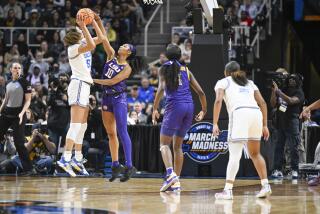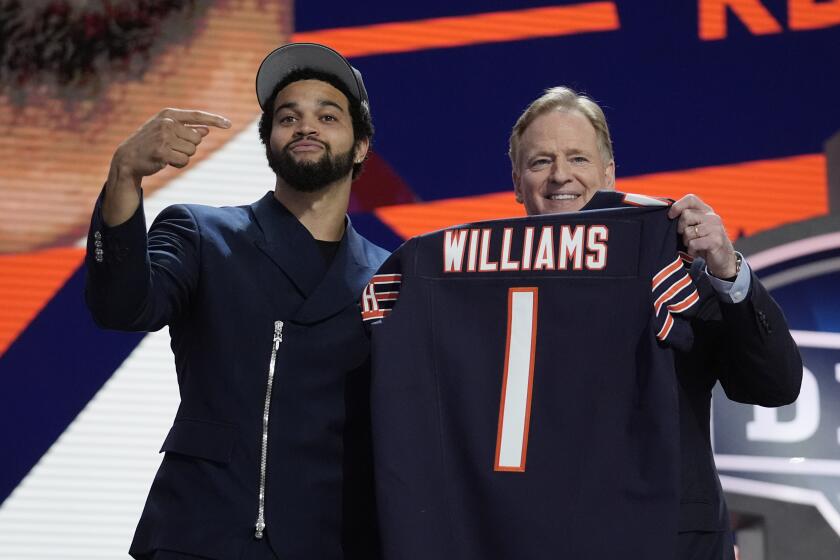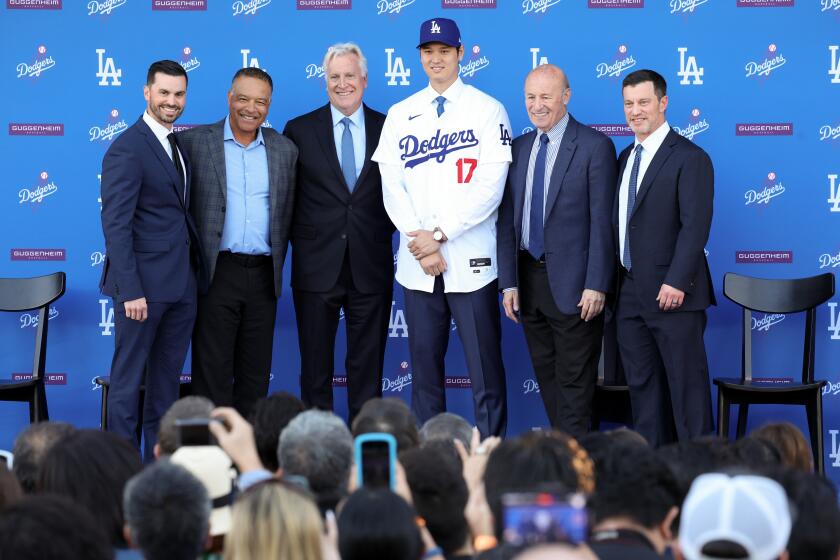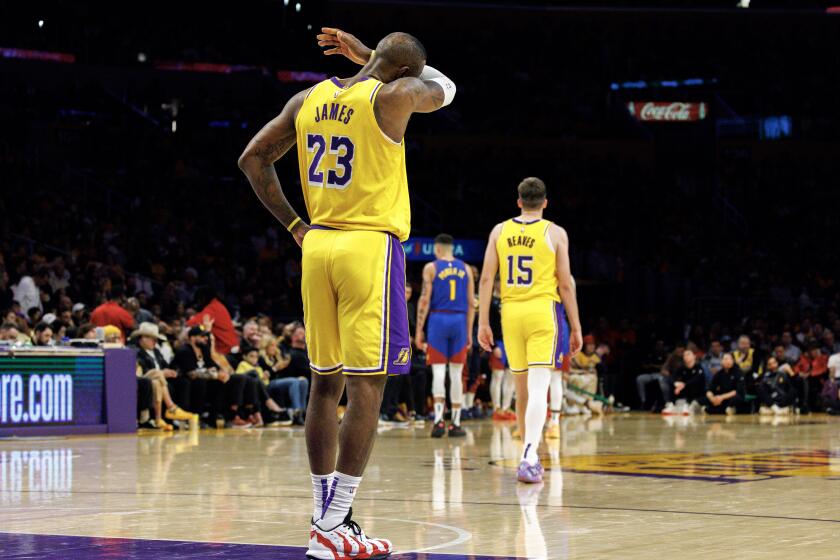Jarring book about rape is must-read for those involved in college football
Football is about to begin. Coaches are handing out playbooks. Here’s a suggestion for a second book they should hand out:
“Missoula: Rape and the Justice System in a College Town.”
Missoula is a city of about 77,000. It is home to the University of Montana and its popular and successful football team, the Grizzlies. Since 1969, the Grizzlies have won 18 Big Sky Conference titles. It would have been 19, except the NCAA took away five victories in 2011 because of improper influence by a booster.
Jon Krakauer’s book, “Missoula,” is not about improper booster influence. It is about rape and sexual assault — some of it involving Grizzlies football players—and how it has divided a city that often touts itself as one of the best places in America to live.
It is a jarring read. It suggests a further complication for parents of football-aged men. First, there is the fear of concussions. Then, after a read of “Missoula,” there is the additional fear of exposure to a macho, testosterone-fed atmosphere that seems to give criminal treatment of women a wink and a nod.
Krakauer’s book presents a small, but frightening, sample. It is centered on two recent Grizzlies stars, running back Beau Donaldson and quarterback Jordan Johnson, both accused of rape. Both went through lengthy legal proceedings.
Donaldson was sentenced in January 2013 to 20 years in prison, with 10 years suspended. Johnson, who missed the entire 2012 season because of the charges, was eventually acquitted, returned to play for the Grizzlies in 2013 and was released two months ago by Ottawa of the Canadian Football League.
There were several other incidents of sexual impropriety involving Montana football players. A handful were punished after incidents at parties involving women and alcohol. Another player was expelled from school. Kelsey Bellnap went on national TV to say she had been gang raped by four Montana football players in 2010.
Krakauer’s book was released in April, and the well-known author’s frequently stated reason for writing it is: “Rape is a serious crime that is not being taken seriously.”
Parts of Missoula seem to feel picked on by the book; other parts seem to welcome it as something that “changed the dialogue in Missoula.”
The book is a must-read for every football coach in high school and college, their athletic directors, and players and parents.
This doesn’t just happen in Missoula or just in small, overly zealous football communities. It happens in the big cities, like here.
As a reporter, I lived one case several years ago, and Krakauer’s book brought back memories.
I shall be completely non-specific here. Time frames, revealing details and all names will be omitted. The purpose is not to reopen a case.
It is merely to illuminate the deeply serious, always ugly, nature of something that is all too often not taken seriously enough; something that gets lost in legal maneuverings, overworked district attorney’s staffs, and the awesome power and influence of big-time football programs.
The player never missed a snap. The district attorney’s office said there was “insufficient evidence” to proceed. That is always taken — by alumni, boosters and school officials who know better — as proof of innocence. Indeed, it is only proof the D.A.’s office didn’t think it could win.
The mother of the victim interpreted something in a column I wrote that I might be sensitive to her daughter’s story. She called me and soon, I was in a restaurant, listening to a story from a tiny woman I’d never met. It was a tale of fear, anguish, gut-wrenching criminal behavior and detailed sexual assault. For three hours, she verbally sleep-walked through a nightmare. The detail was both overwhelming and sickening.
This was several months after the incident. She said this was her first time out of the house. She said she had worked hard to get her grades to the point where she could transfer into the school where this happened. When it did, she knew she would have to leave, and she did.
Just as the criminal system has standards that must be met for prosecution, so do newspapers for publication. The story never ran. None of the three versions written were accepted. The editors ruling on that are all long gone. This is certainly no attempt to throw them under the bus.
It was a tough call. These things are always tough calls — for the schools, the police, for any newspaper. Two people in a room. Who is telling the truth? What are the nuances? When was no said? Was that “no” clearly understood?
I was told by the editors the story made them uncomfortable. Maybe they were just being kind. Maybe I had written it badly. Maybe the detail, rich as it was, still didn’t hold up enough for publication.
I remember thinking about the old newspaper axiom: Comfort the afflicted and afflict the comfortable. Maybe I had missed the right way to properly afflict this player and his huge and comfortable university safety net.
When I told the young woman the story was a no-go, she seemed already resigned to that, and said, kindly, that it had helped her to be able to tell her story to somebody outside her family.
Now, Krakauer has told her story to a worldwide audience, only with different names and faces.
It’s still ugly.
“Missoula” is a well-aimed slap across the face of more than just a city in western Montana.
Twitter: @DwyreLATimes
More to Read
Get our high school sports newsletter
Prep Rally is devoted to the SoCal high school sports experience, bringing you scores, stories and a behind-the-scenes look at what makes prep sports so popular.
You may occasionally receive promotional content from the Los Angeles Times.







